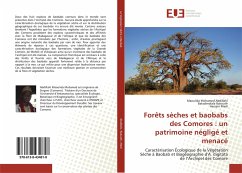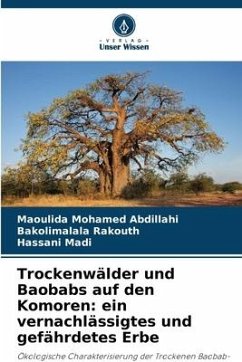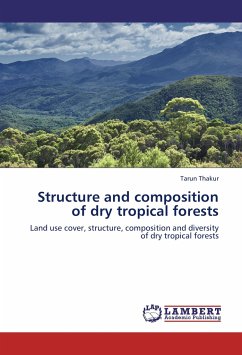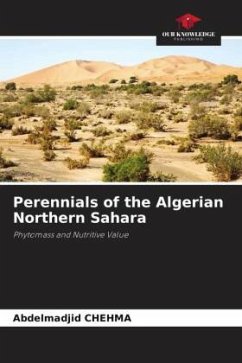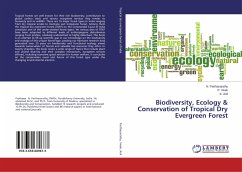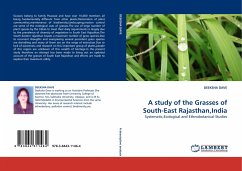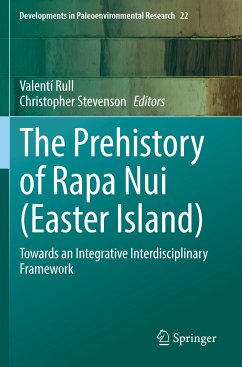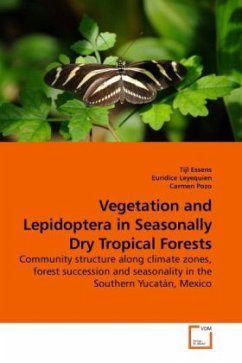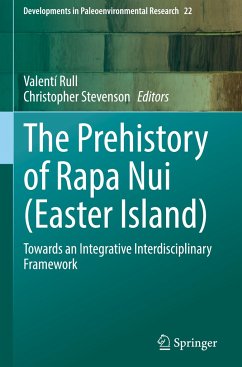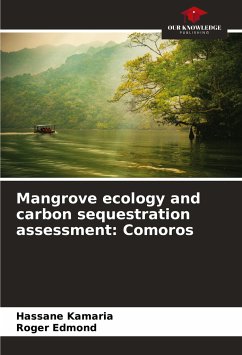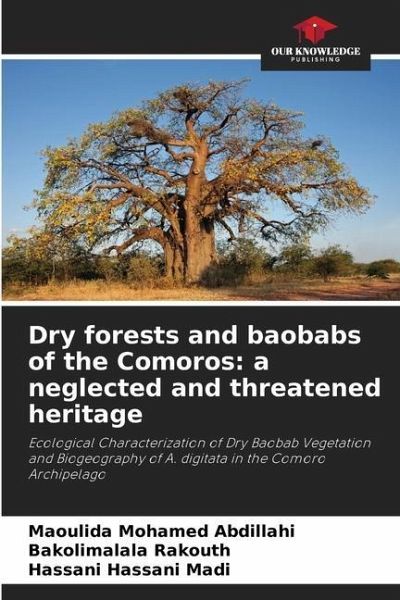
Dry forests and baobabs of the Comoros: a neglected and threatened heritage
Ecological Characterization of Dry Baobab Vegetation and Biogeography of A. digitata in the Comoro Archipelago
Versandkostenfrei!
Versandfertig in 6-10 Tagen
57,99 €
inkl. MwSt.

PAYBACK Punkte
29 °P sammeln!
Two of the world's eight known baobab species are found in the Comoros Archipelago. No in-depth study of the ecological characterization of the dry vegetation and the geographical distribution of these baobabs has yet been carried out. Some authors hypothesize that the dry plant formations of the Comoros Archipelago possess characteristic species and affinities with the flora of Madagascar and Africa, and that the baobabs of the Comoros were introduced by man; others favour a natural origin of the baobabs by sea. In order to provide answers to these questions, an identification and ecological ...
Two of the world's eight known baobab species are found in the Comoros Archipelago. No in-depth study of the ecological characterization of the dry vegetation and the geographical distribution of these baobabs has yet been carried out. Some authors hypothesize that the dry plant formations of the Comoros Archipelago possess characteristic species and affinities with the flora of Madagascar and Africa, and that the baobabs of the Comoros were introduced by man; others favour a natural origin of the baobabs by sea. In order to provide answers to these questions, an identification and ecological characterization of the plant formations of Grande Comore, Mohéli and Anjouan was carried out, as well as an inventory of the baobabs in the archipelago. The floristic composition is similar to that of the dry forests and thickets of Madagascar and Africa, and the distribution of baobabs appears to be strongly related to distance from the sea, which argues in favor of a hydrochoral marine dispersion. These results should encourage better management and conservation of dry flora and vegetation.



